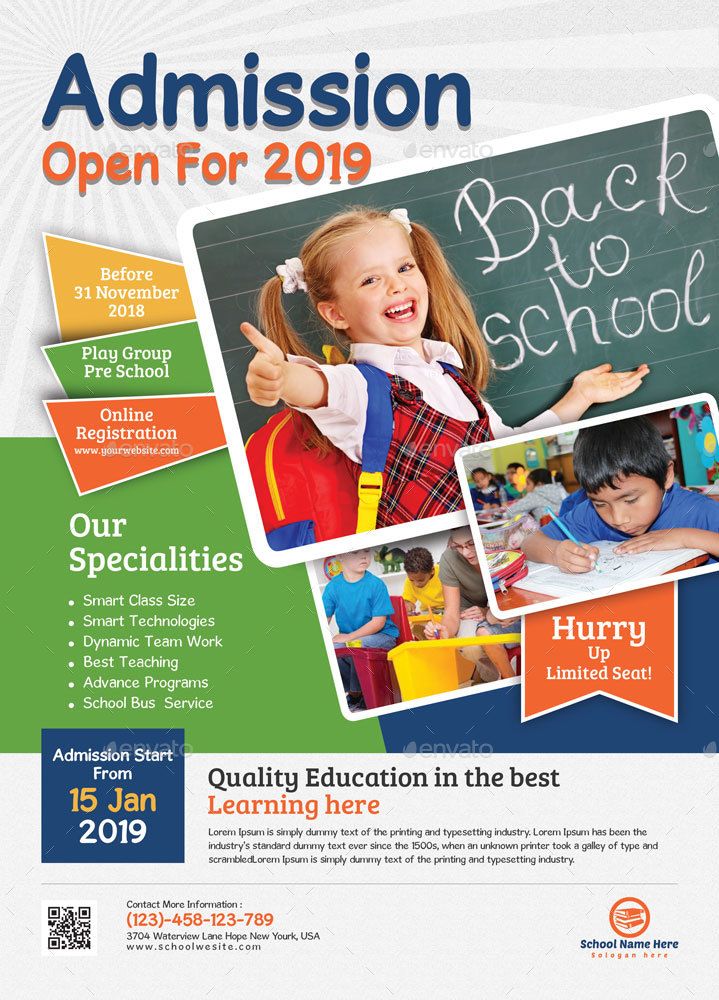

How can Indian graduates improve their employability?
Naief Khatri
The NASSCOM-McKinsey report “Perspective 2020: Transform Business, Transform India” (2009) said that only 26 percent of India’s engineering graduates were employable. Narayana Murthy, Chairman Emeritus of Infosys, has questioned the quality of engineering graduates from Indian Institutes of Technology (IITs). An Associated Chambers of Commerce and Industry of India (ASSOCHAM) survey reported that only 10 percent of Master of Business Administration (MBA) graduates from Indian B-schools get a job right after completing their course (2012).
These reports and many others indicate that the employability or non-employability of Indian graduates is a rising concern. To understand how the gap between employers and potential employees can be bridged, IndiaEducation spoke with Himanshu Aggarwal, CEO of Aspiring Minds, one of India’s employability measurement solutions providers. The company conducts the Aspiring Minds’ Computer Adaptive Test (AMCAT).

Q. What is the employability scenario of Indian graduates (engineering, MBA and other major streams)?
A. The employability scenario of Indian graduates is certainly an area of concern. Aspiring Minds through its flagship employability assessment AMCAT has been tracking employability of graduates and postgraduates over the last five years.
Our National Employability Report for MBA Graduates-2012 figured out that at least 40 percent of employable management students remain invisible to the recruiters for they lie beyond the top 1,000 campuses. Another interesting finding from the report says that as many as 60 percent management graduates do not make it to deserving jobs because they lack the appropriate level of English needed. Also we found that at least 50 percent students lose out on core jobs such as those in finance, marketing and HR, since they fall weak in the theoretical and conceptual knowledge of their domain.
The scenario for engineers is also similar. Our National Employability Report for Engineering Graduates-2012 revealed that only about 17 percent of the total engineering talent produced in India each year meets the skill requirements of the IT product industry.
Another staggering phenomenon seen for both engineers and MBA graduates is the fact that while females have been found to be as equally employable as their male counterparts in almost all jobs, it is seen that the representation of females in the job platform decreases considerably in comparison to the male-female ratio in colleges. Reasons for this could be accounted to by socio-cultural aspects.
Q. Is the employability graph/trend looking up or set to go down further?
A. Presently the quantity of graduate talent in the country is on a big rise, though the average quality of talent coming out from those colleges is dropping. Our research and studies for the National Employability Report for Engineering Graduates-2012 across different states had in fact found that employability decreases with the increasing number of colleges in the state.
The focus should thus increasingly be on enhancement of quality of talent being produced in the country every year. This needs to be taken seriously, else we would soon be heading towards a challenge where education and educational qualifications would lose their credibility.
Q. What is the reason(s) for the poor employability of Indians?
A. Experts have opined various reasons attributing to poor employability ranging from K12 education, selection procedure in our graduate colleges, curriculum and quality of teaching, student interest and lack of corporate involvement. Unfortunately, most of these reasons have some part to play in this huge challenge.
Our approach has been to create an ecosystem to help identify employability gaps, provide quantitative and qualitative feedback at various levels, be it an individual, institutional, regional or national level to help bridge the employability gap in a constructive manner.
Q. How can employability be best tested? Is a good educational pedigree enough to guarantee a good career?
A. Structured scientific assessments can get us very close to objectively evaluating employability. However, the problem is real and a scalable solution lies in providing a standardized platform to all students in the country for evaluating their employability. It is not only a fair and scalable mechanism for corporates to assess talent but it also gives an insight to students on where they stand in terms of “being employable” amongst the national pool. During our research and studies, we have always ended up inferring that talent evaluation or employability testing can never be a standalone project and is credible only when performed on a national benchmark.
Every year, over four million students graduate in India from over 30,000 institutions. Employability cannot solely vary qualitatively between the crème layer of colleges and the ones below it. A substantial size of the employable population lies in Tier 2 and Tier 3 institutions. For example, Aspiring Minds Employability report on Engineers identifies close to two out of three employable engineers are outside the top 100 engineering colleges. We see similar trends among MBA graduates where 40 percent to 55 percent of the employable MBAs are from beyond the top 1,000 MBA colleges.
Q. Any ready remedy or long-term solution to increase the employability of Indian students?
A. There are no short cuts to bridging this gap. However, we feel that immediate identification and quantification of the gap, short term vocational band-aid and long term structural interventions in education can serve considerably in bridging it. Our approach has been to create an ecosystem to help identify employability gaps, provide quantitative and qualitative feedback at various levels be it an individual, institutional, regional or national level to help bridge the employability gap in a constructive manner.“
Q. Will vocational training/skill based courses help?
A. Vocational courses can definitely aid in bridging the employability gap. An individual, after proper identification of the gap, can avail vocational courses to shorten or eliminate the same. Vocational and skill based courses also help enhance niche skills required in corporates that are typically looking for specific skills.
Q. What are the employment opportunities after a distance learning/online learning program?
A. There is a general perception among both students as well as employers that distance learning is inferior to full time programs in terms of quality of education offered and the talent pool that joins such programs. This notion exists basically because good students generally opt for full time courses at the undergraduate level thereby shifting the overall mindset. Distance education can do a lot of justice in this area by offering niche, functional programs where corporates are typically looking for specific skills.
I feel that over a period of time, while full time postgraduate programs would rule the basic and fundamental degree regimes, niche and functional curriculum that is more up to date and current, will be more useful as part of distance learning programs. The same shall help equip people currently working in corporates to bring added functional know-how to the table and thus help them progress their careers.
Q. What are the main traits that employers look for when hiring graduates? How much do these criteria differ across different industries?
A. Broadly speaking, employers look at a mix of aptitude, language, personality and domain skills in selecting the right candidates for various roles in their organization. The detailed fine-tuning happens based on the job role and the industry they are recruiting for.
While core domain skill requirements vary from industry to industry, aptitude, language and personality skills requirements change from role to role. For example, the IT industry would look for knowledge in domains such as computer programming, testing and infrastructure, while the Banking, Financial Services and Insurance (BFSI) industry would focus more on accounting and sales know-how.
On the other hand, aptitude, language and personality skills vary across roles within the same industry too. Within the IT-Enabled Services (ITeS) industry, a sales job function would need good communication skills along with an outgoing personality. At the same time, for a support function like operations or customer service, employers mostly seek a right mix of language capability, cognitive skills and a service oriented personality.
Q. Your advice to graduates to improve their employability quotient?
A. It is imperative for students these days to understand and realise the structural gaps in the system and also their personal inefficiencies. Students need to understand the importance of structured assessments and appropriate guidance to move in the right career path.
A student aware of his or her strengths and areas of improvement can work in the right direction to enhance their employability quotient. After students identify their weaknesses and shortcomings, they can turn to various low cost, paid or free resources (such as MIT Edx, IIT course content, Khan Academy, etc.) that can help them become employable!
Q. Based on your experience in improving employability quotient across various industries like IT, ITeS, Knowledge Process Outsourcing (KPO), banking, retail, hospitality, financial services etc., which are the top five (in no particular order) lucrative career choices for an Indian student? Where does the demand lie these days?
A. IT and banking have been traditional top career choices for the Indian student and still continue to remain bellwethers. The present trend, however, also seems to be moving towards good and rewarding roles in KPOs, hospitality, health care and financial services sectors. The retail sector is emerging as an employment creator for millions over the next decade.
About AMCAT
The AMCAT gives candidates detailed feedback on their employability (seven stroke feedback) and helps connect them to over 40,000 entry level jobs every year. More than 175 companies across verticals use AMCAT scores to shortlist candidates for interviews. Over 2,50,000 students have taken AMCAT across 21 states of the country. More than 45,000 students across 650 plus campuses have been hired on the basis of AMCAT.
Please note: Unless explicitly stated otherwise, any job outlook predictions, career/educational advice, and salary information found on this page are based solely on the opinion of the interviewee and not that of IndiaEducation.net or any other organization.
Related Links
- Animator & Film Maker, Kireet Khurana
- CAT 2016 Topper Interview
- GRE 2013 Topper, Ashwini Nene
- Martin Bean, VC, The Open University
- Rajesh Balasubramanian, CAT 2012 topper
- Interviews
- Meet the CAT topper with 100 percentile
- Future of MBA in India: Dr. Kashi Balachandran, Glocal School of Business
- M.C. Pant,Chairman,National Institute of Open Schooling
- MBA in Sports Management with an International Internship in Australia

About Nishatha Abraham Bijeesh
Nishatha has been writing about education in India and abroad for the last 9 years. She has been in the digital marketing industry for 8+ years and specializes in content marketing. Nothing annoys her more than slow wi-fi, incorrect usage of the apostrophe and people mispronouncing her name. She prefers not to talk about herself in the third person, but reluctantly, had to do so here!

Latest
Articles
CBSE Compartment Result 2023 OUT: Click For Direct Link
Home CBSE Compartment Result 2023 OUT: Click For Direct Link The CBSE 10th Compartment Result 2023 is expected to be
IIT Roorkee Launches Professional Certification Program in Product Management
Home IIT Roorkee Launches Professional Certification Program in Product Management The fees five-month long programme is for Rs 1,40,000 +
Join Our Whatsapp Community
Lorem ipsum dolor sit amet, consectetur adipisicing elit, sed do eiusmod tempor incididunt ut labore et dolore magna aliqua. Ut enim ad minim veniam, quis nostrud







